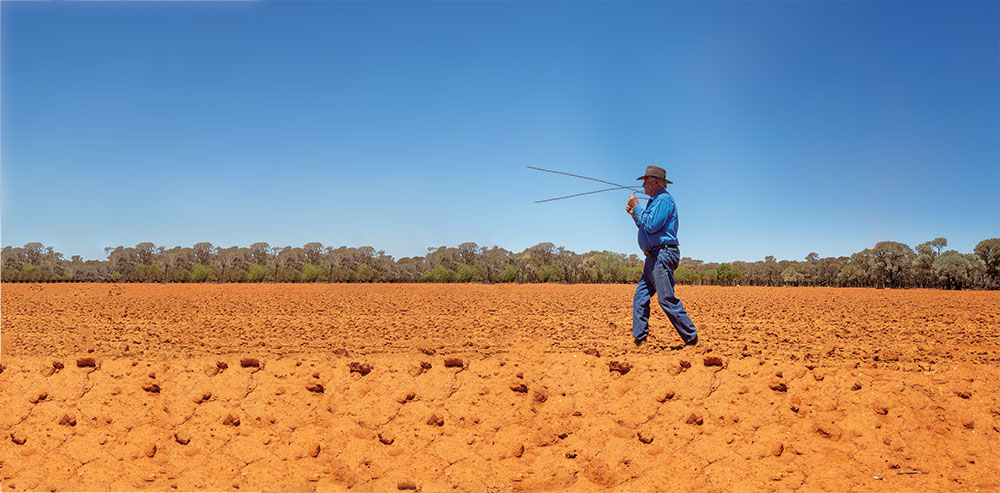Learn how to find water—and more.
What is “dowsing”? Isn’t it a discredited method for finding water? Is there anything valuable or useful in this skill?
In 1977, when I’d barely heard of dowsing, I was instructed by my sensei to take a course in dowsing at the nearby Los Angeles City College. This was a full-semester course given on Saturdays during which we learned the theory and the practice of the ancient art of dowsing.
Our class was held in a large science classroom at the college and was run by members of the Southern California Chapter of the American Society of Dowsers. We were amazed that such an organization even existed. There were perhaps 15 students, and the teachers had placed prominent posters describing dowsing on the blackboard.
“Dowsers trace their art back thousands of years. Dowsing is also called ‘divining,’ ‘water-witching,’ ‘rhabdomancy’ and ‘scanning.’ It’s primarily a method of locating underground water using a forked stick … .”
Dowsers trace their art back thousands of years. Dowsing is also called “divining,” “water-witching,” “rhabdomancy” and “scanning.” It’s primarily a method of locating underground water using a forked stick (typically a Y-shaped piece of willow), a pendulum or two pieces of metal called “L rods” (because they’re shaped like the letter L). Other devices were shown as well, such as a magnet at the end of a spring that a mechanic might use to fetch a dropped bolt from the depths of an engine bay. We also learned that besides using this method to locate underground water, you could also dowse for underground oil, lost coins or keys, underground water or electrical lines … or even lost people. In other words: Anything!
The leader of my class was L.H. “Gory” O’Loughlin, who constantly referred to the many charts and posters around the room when he was introducing the concept of dowsing.
“The light of dowsing shines brightest when helping humanity,” O’Loughlin would repeat over and over. He told us that dowsing “is not an ‘-ism’ or an ‘-osm’”—an odd expression, by which he meant that dowsing isn’t some sort of cult or religion, although it does tap into a generally latent part of the human brain.
Tools of the Trade
At our first class, we were introduced to the tools of the trade. First and foremost was the forked stick, which is usually cut from a fresh “Y” of willow (although dried ones apparently will work as well). The two prongs are held with the palms facing upward to create a bit of pressure on the stick. When you walk over whatever you’re looking for, the user detects a downward pull from the stem of the Y.
“At our first class, we were introduced to the tools of the trade. First and foremost was the forked stick, which is usually cut from a fresh ‘Y’ of willow … .”
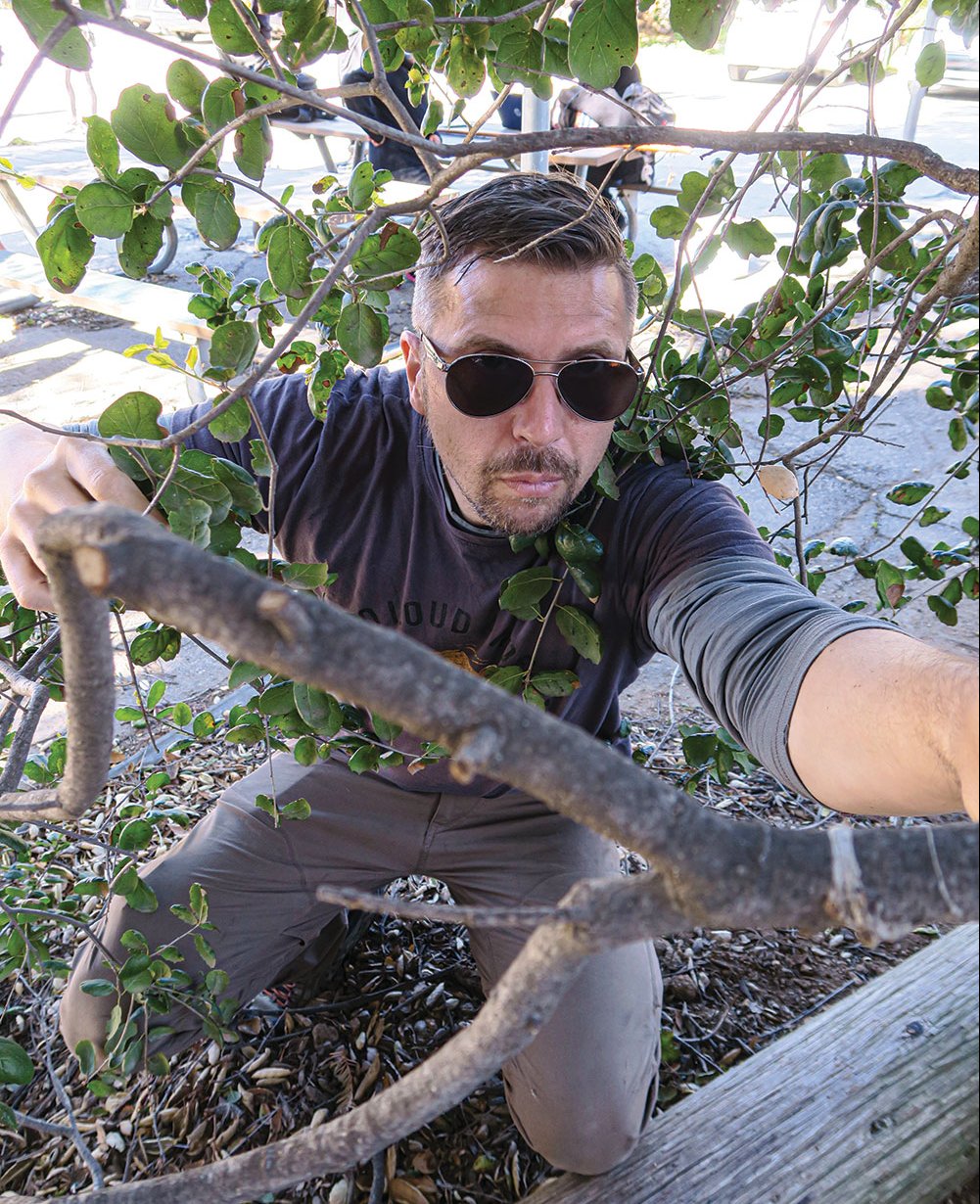
Next were the more popular L rods, which can be made of old clothes hangers or copper rods purchased at a hardware store. Two L-shaped pieces are needed, with the handle section being about 4 inches long and the horizontal part about a foot long.
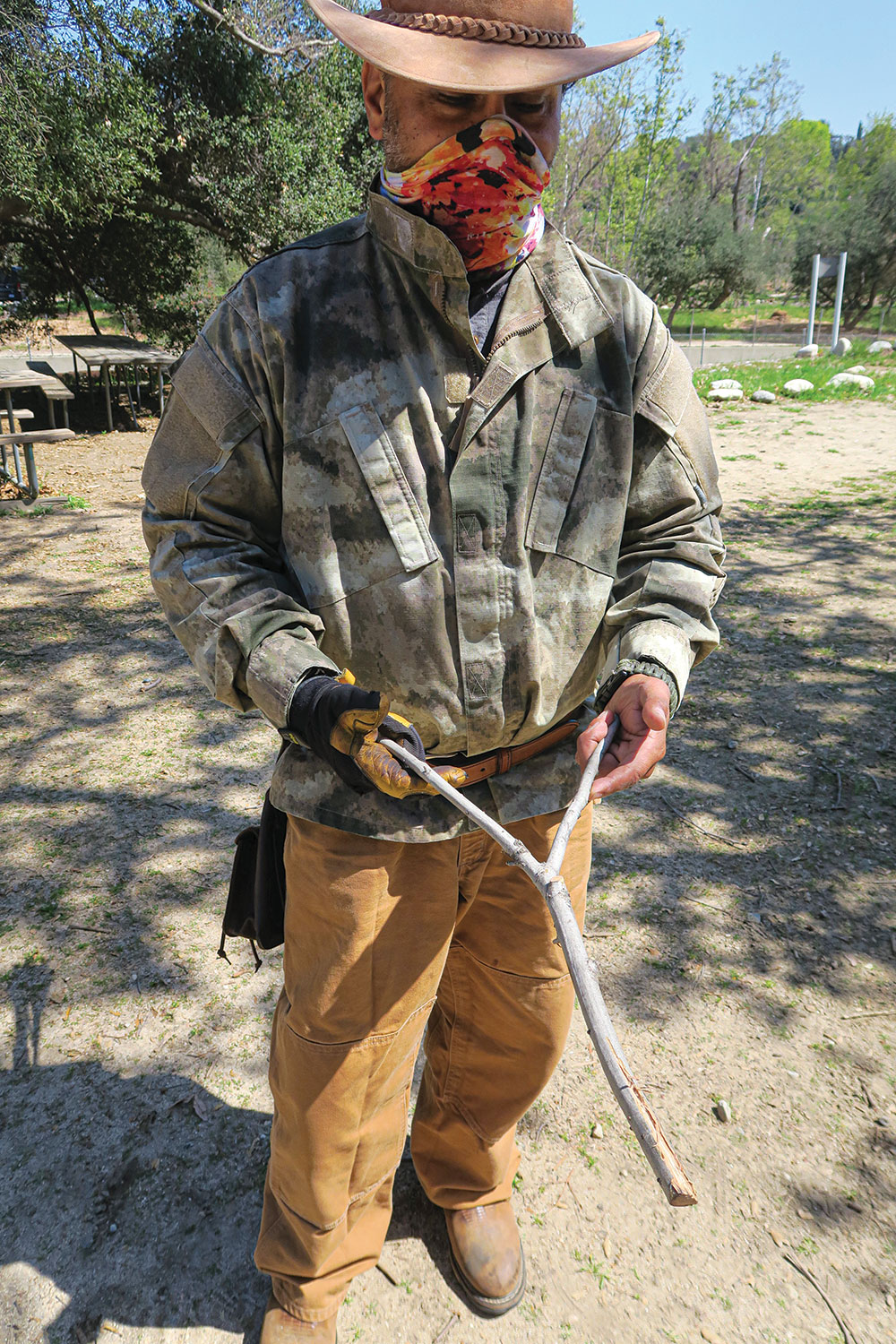
Because it was easiest for me to get two old clothes hangers from my closet, I always practiced with L rods. You hold these loosely in each hand by the short sections, with the long sections stretched out horizontally before you. When you pass over the subject of your search, the two long sections move together and cross. It’s an amazing thing to experience.
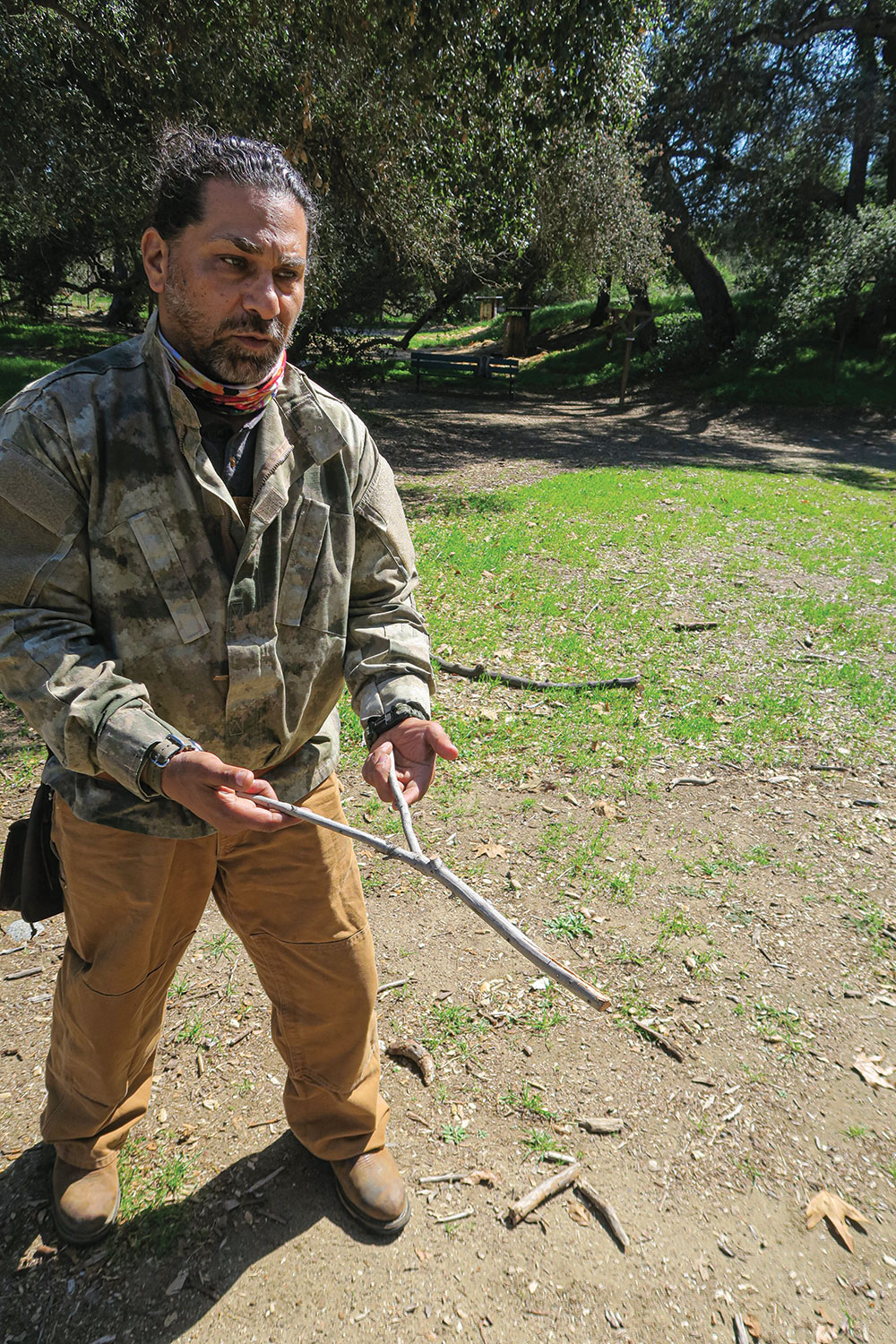
And then, there was the pendulum. For some reason, many people seem to associate it with magic, sorcerers and witchcraft. However, it turns out that the use of the pendulum is pretty widespread, and many of the dowsers find it to be their most useful tool.
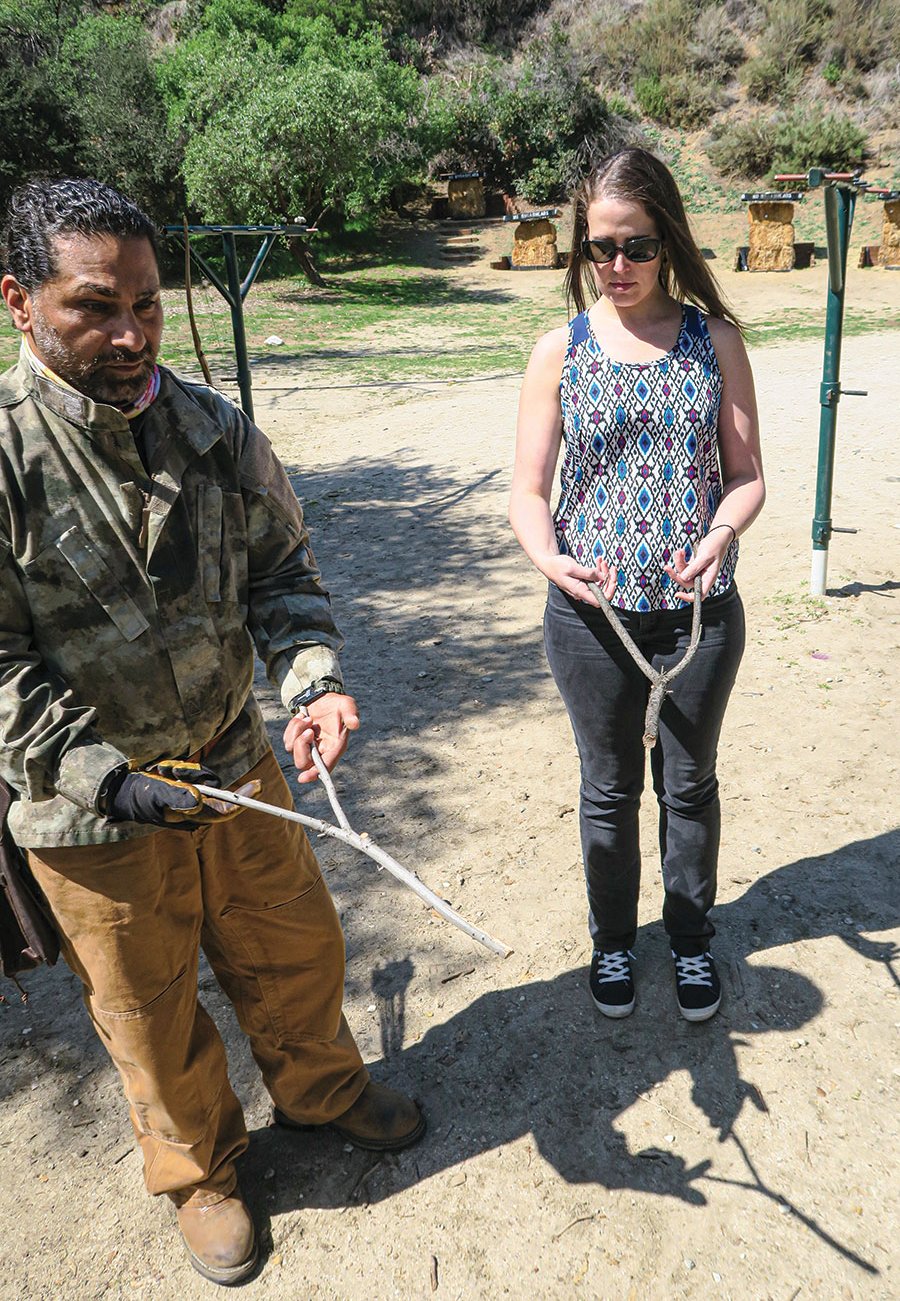
A pendulum can use any weight, even a bolt or nut, suspended by a string. You hold it, and it might swing clockwise, counterclockwise or remain still. But it’s the motion that tells you something, giving you a positive or negative response. It’s up to each dowser to determine what each motion means via a simple process of deduction.
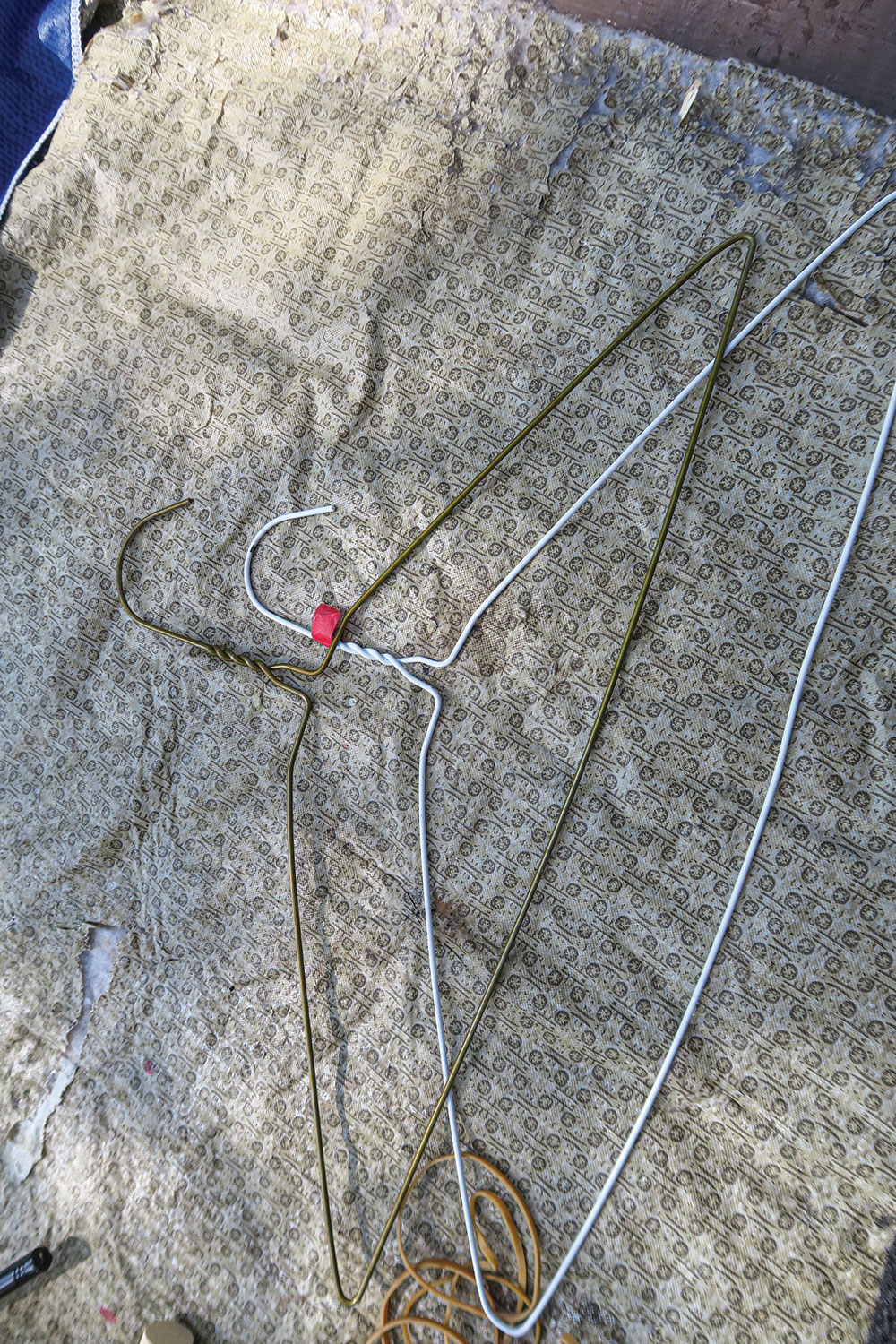
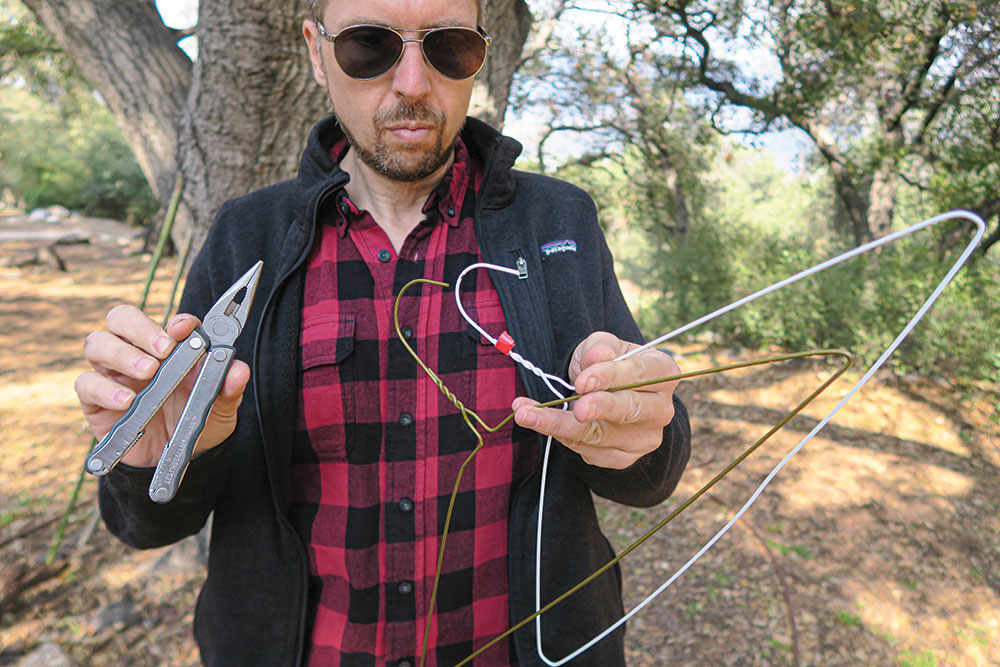
O’Loughlin provided plenty of instruction about how to do this. We would ask a question that we knew was true or false, such as, “Am I currently at L.A. City College?” and then watch which way the pendulum swung. The theory is that If it swings clockwise for you for a positive, or “yes,” response, whenever your pendulum moves clockwise in response to your future queries, it implies a positive response.
These are just the basics. We also learned that it’s much more complicated than that.
Water in the Desert
One of the guest teachers of the class was Ralph W. Harris, a Los Angeles real estate man who’d been dowsing for more than 55 years. He preferred a long, metal spring with a magnet at its end as his divining rod. By moving it, or a pendulum, over a map, Harris claimed that he’d found gold, oil, water, lost objects and lost people without even going to the exact location. Harris’ dowsing began at age 9, and he explained that a good dowser should strive for 100 percent accuracy.
“When you pass over the subject of your search, the two long sections move together and cross. It’s an amazing thing to experience.”
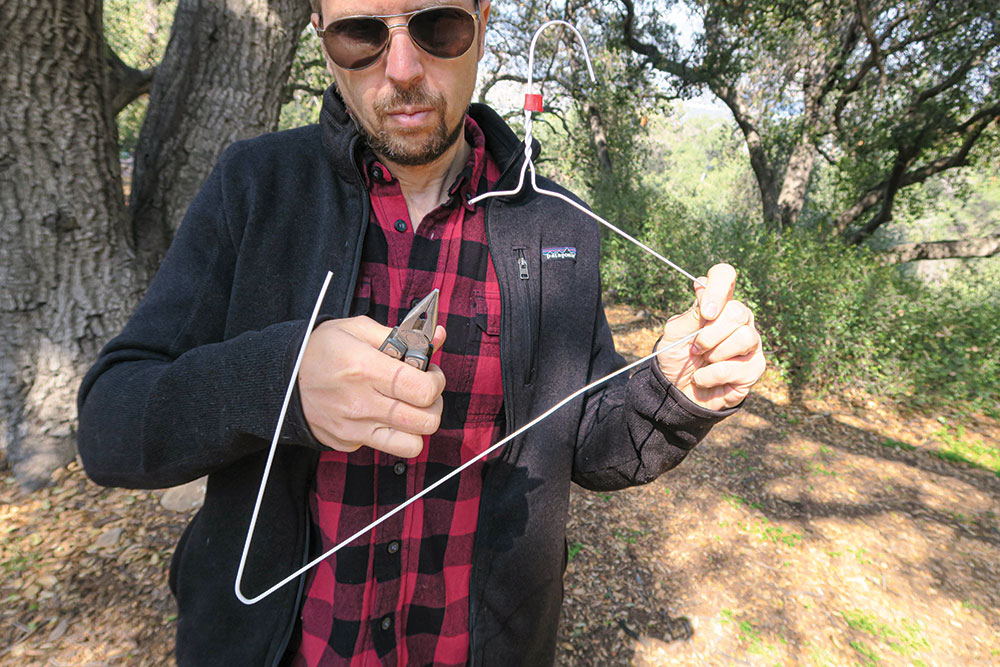
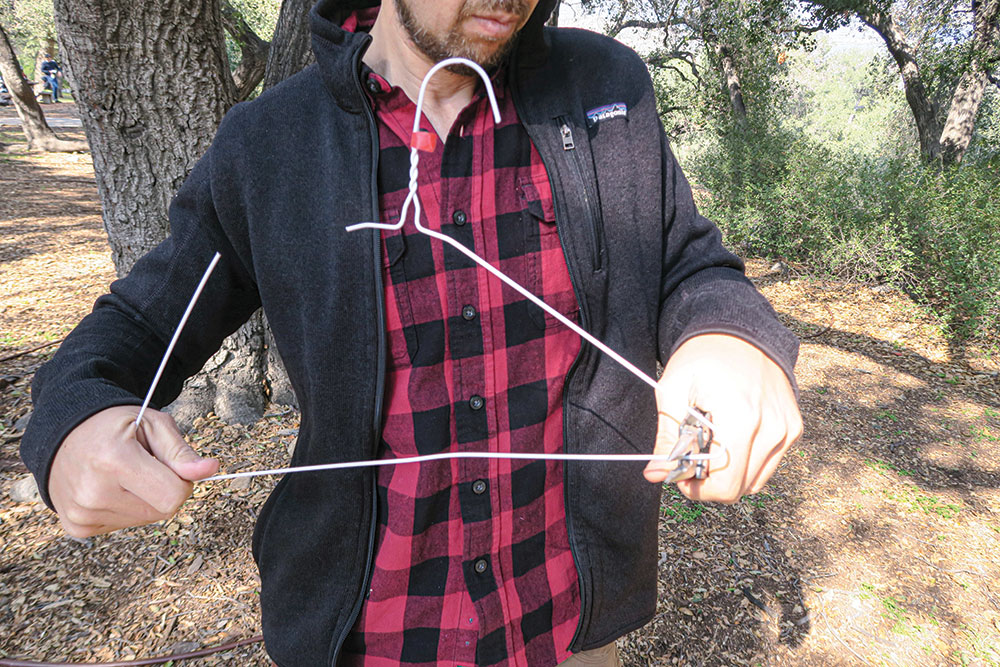
Harris enjoyed sharing one of his greatest dowsing achievements: As a private in the U.S. Army, the geologists for General George Patton said they couldn’t locate water in the North African desert. Harris managed to get a message to Patton that he could dowse for water. As a result, Patton had an entire willow tree flown to the site the next day!
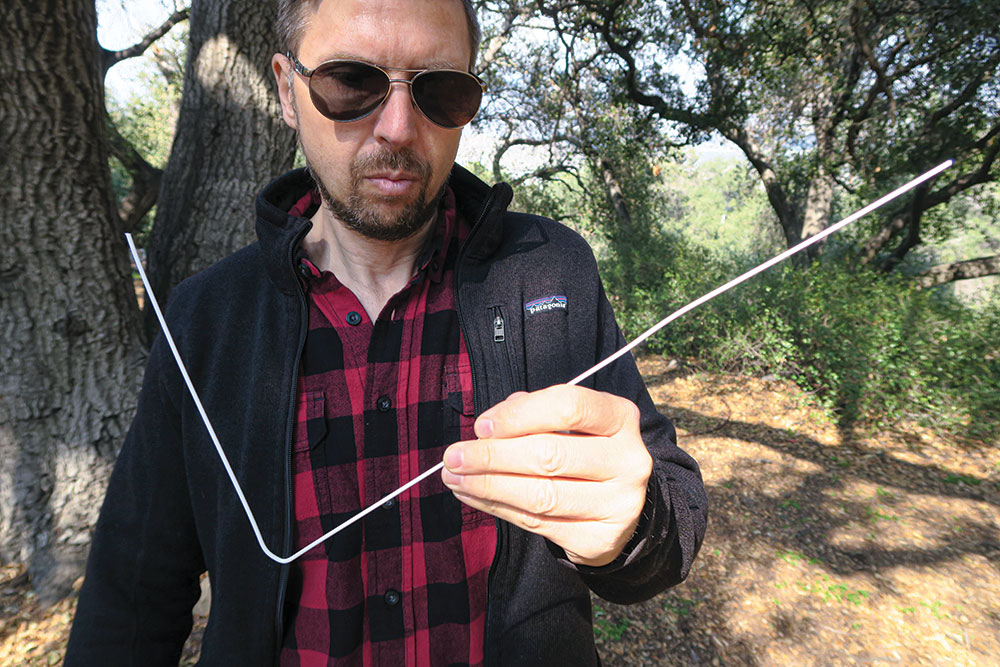
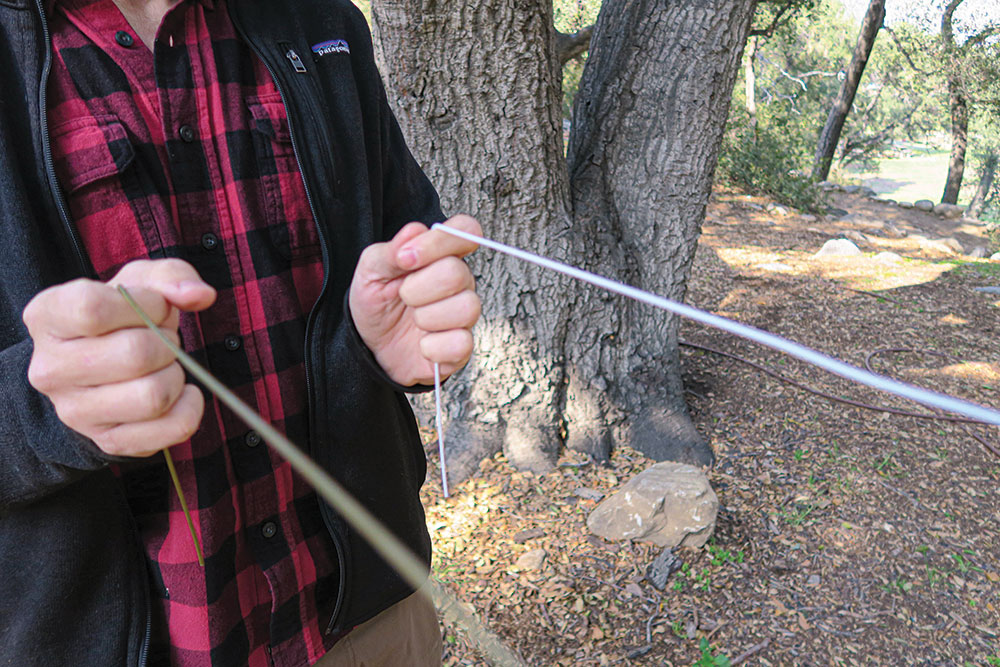
Harris cut a small, Y-shaped piece of willow and walked into the desert—followed by Patton’s skeptical geologist colonel. Where Harris said to drill, a vein of water was located. It was 300 feet wide and yielded 2,000 gallons a minute from 400 feet below the surface. This provided the troops with their needed water, and Patton called upon Harris whenever more water was needed when the advancing troops ran short.
“ … besides using this method to locate underground water, you could also dowse for underground oil, lost coins or keys, underground water or electrical lines … or even lost people. In other words: Anything!”
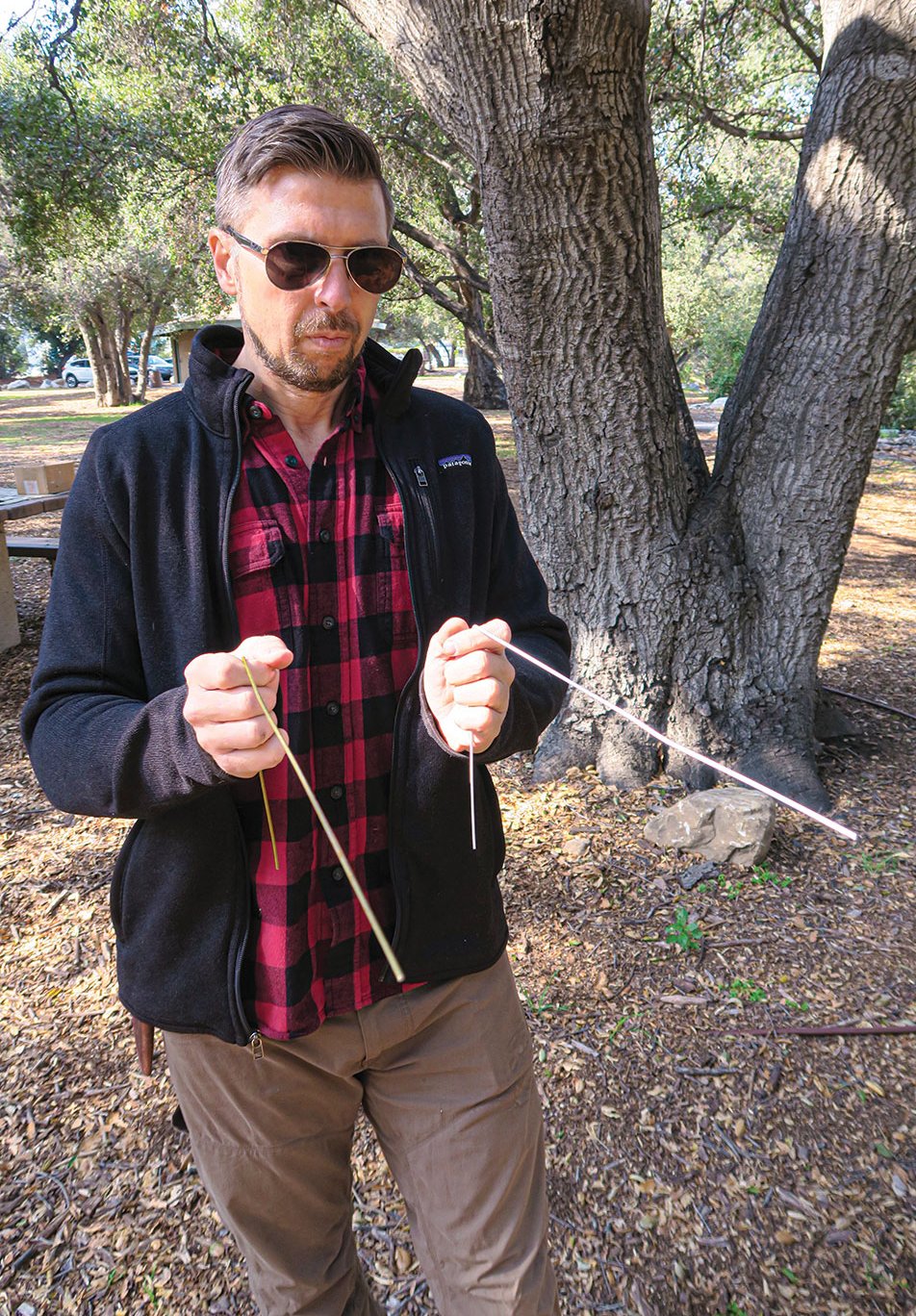
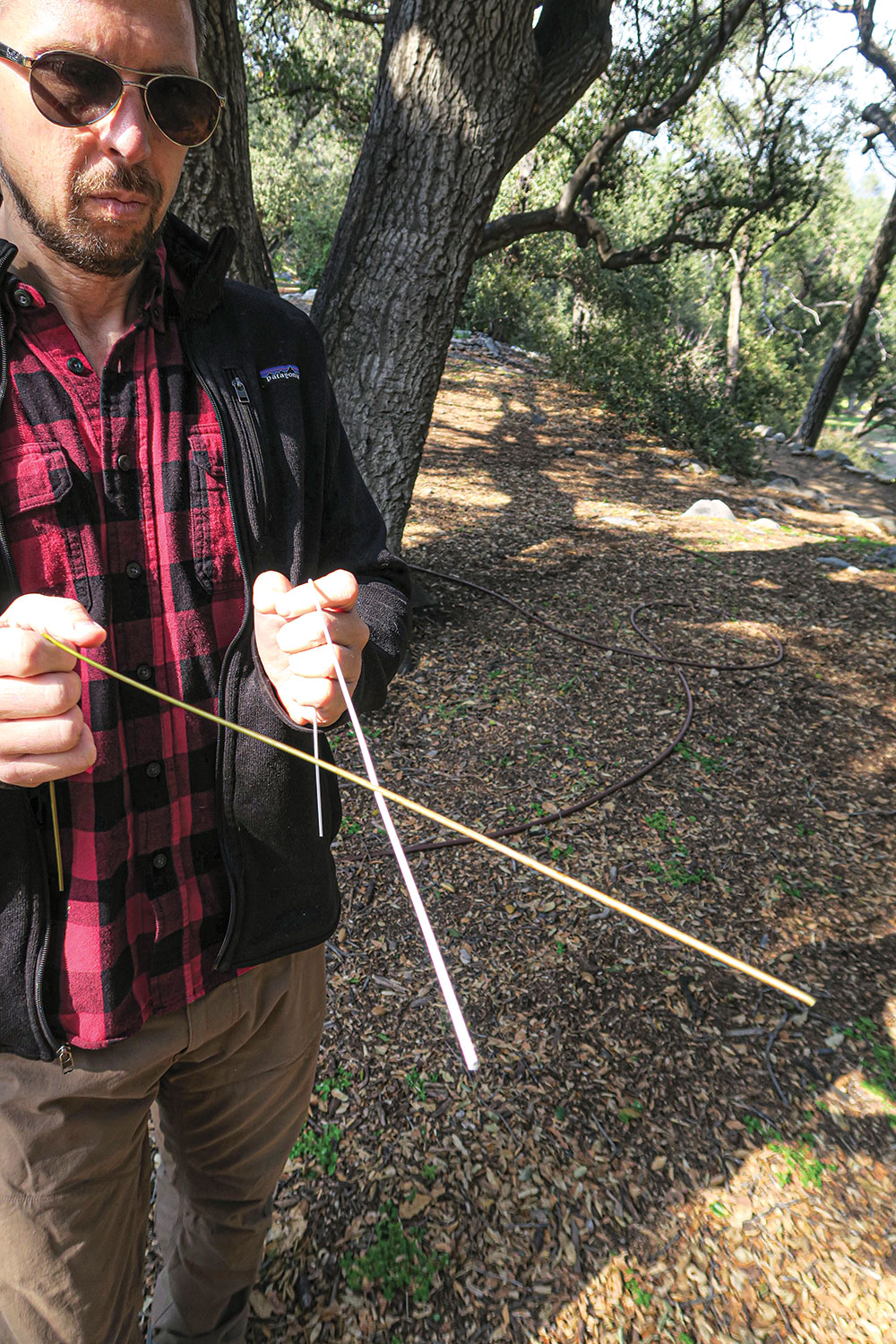
Harris stated that he charged $500 for his (civilian)services for locating a water well and a percentage of the gross if he was looking for oil. He was a colorful figure who added a unique character and background to the class.
Control Your Thinking
One student picked up Harris’ spring dowsing rod and, to everyone’s amazement, the spring wildly gyrated in the man’s hand. He laughed heartily and said he wasn’t doing anything. While class members laughed or gawked, Harris yelled at the man, “Control your thinking! That’s the problem. You’re not doing anything. Control your thinking!” Harris asserted repeatedly that the ability to accurately dowse depends on one’s ability to focus and control one’s thinking.
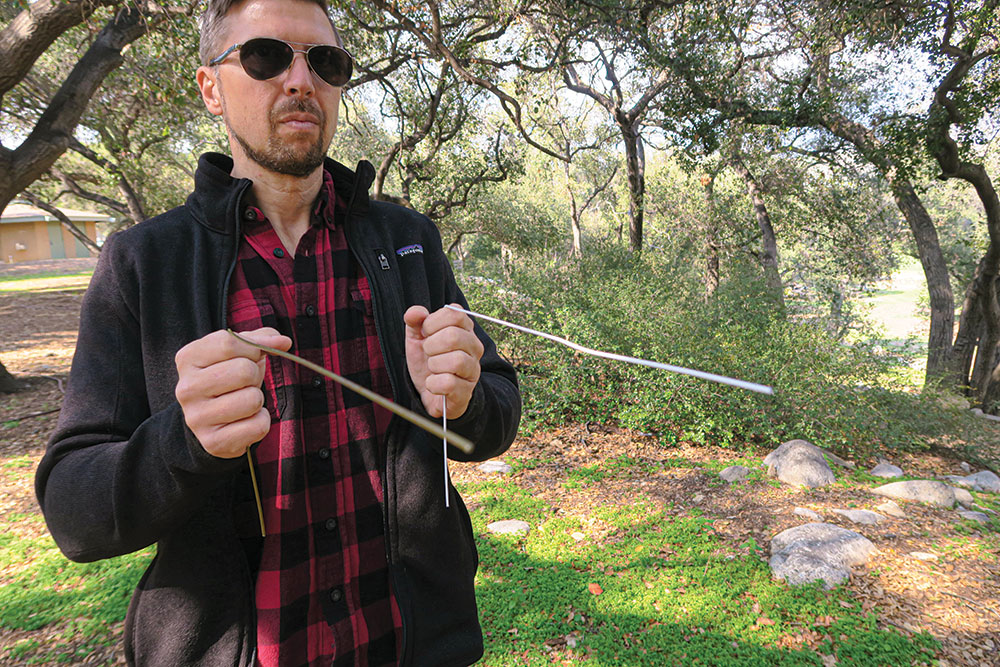
During one class, students were presented with the systematic method of dowsing: You don’t simply walk over an area and wait for the L rods to cross. Students were taught to always focus on the object of their search, whatever it might be. If looking for water, the dowser is thinking or saying, I am looking for potable water with a certain pressure at a depth of no more than X feet. In other words, the dowser should focus their mind on the object of the search with as many details as are necessary.
“You have to work at it,” Harris cautioned the student dowers. “It’s like learning music; it isn’t easy.”
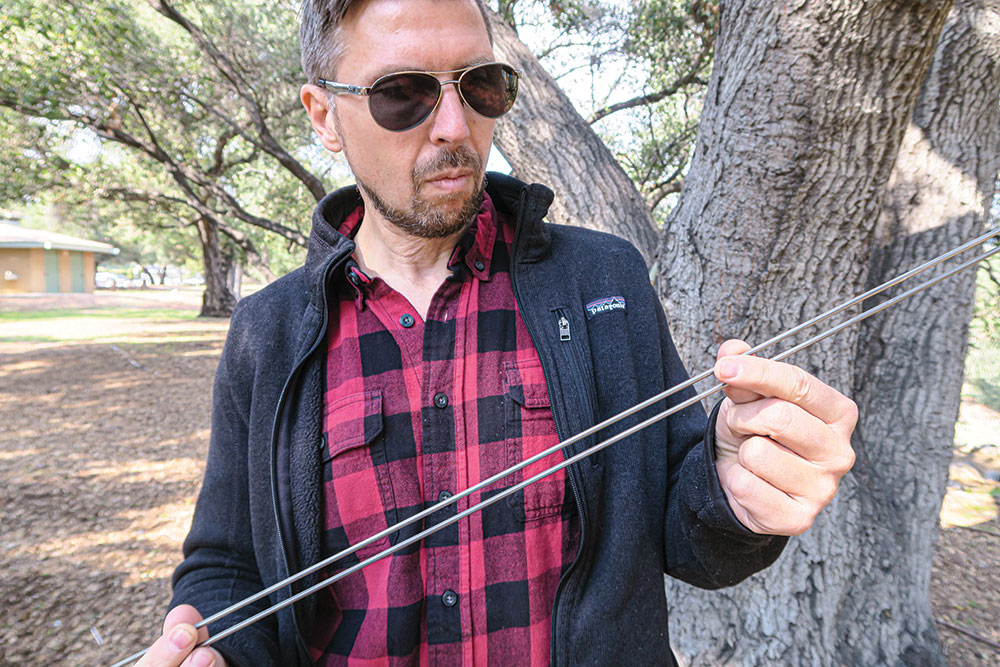
O’Loughlin had other very specific suggestions as well. For example, in order to avoid moving into the realm of the occult or metaphysical, he advised his students to only ask questions with known answers. He strongly discouraged us from using the tools of dowsing to answer speculative questions such as, “Will I become rich soon?” or “Will I meet someone new this weekend?”
Both Harris and O’Loughlin provided plenty of real-life experiences of finding water, oil, lost people and lost objects.
Trying it Out
Once everyone had a good idea about the tools of the trade and what dowsing was all about, we all took our pendulums or L rods and practiced in a field across the street from the college. The instructors knew there were plumbing pipes throughout the field, and they knew precisely where they ran. The students were to use their dowsing tools to locate the pipes.
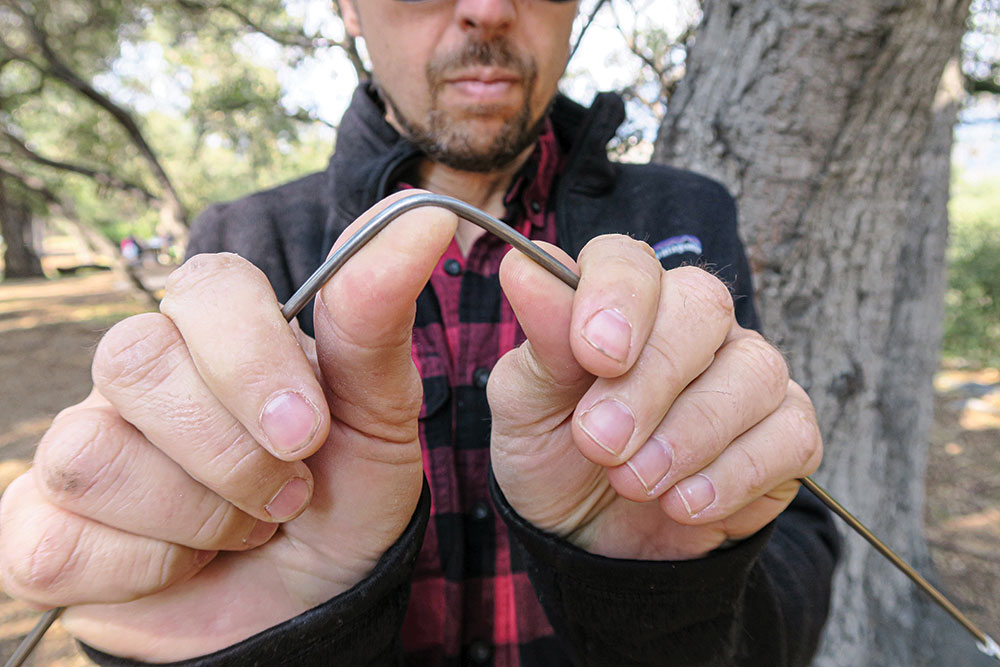
We all spent the better part of two hours walking back and forth and comparing notes. Most of us did pretty poorly, although one man got some fairly good dowsing results.
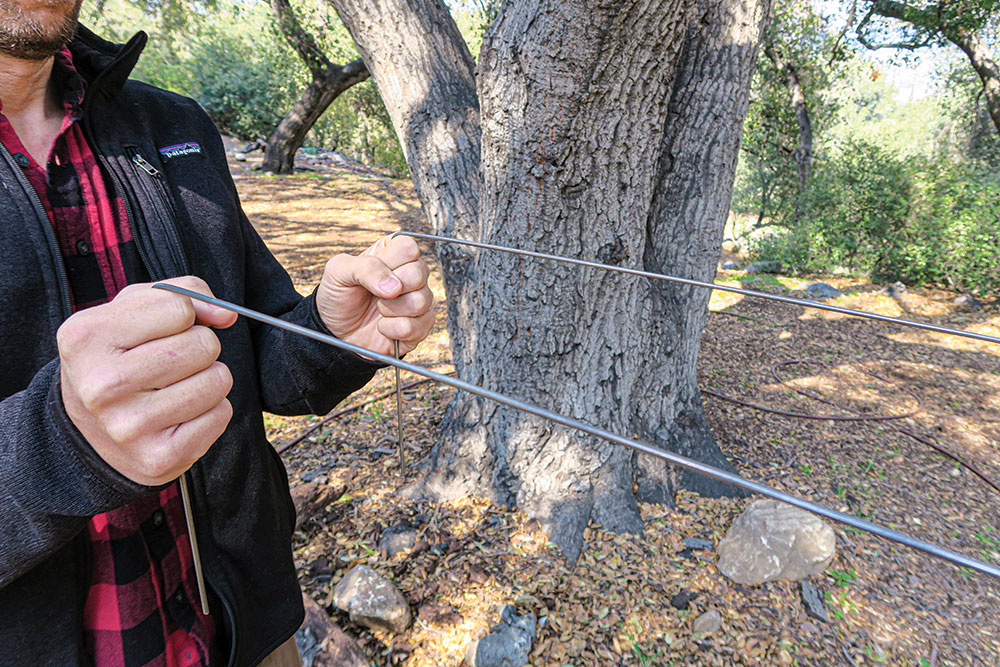
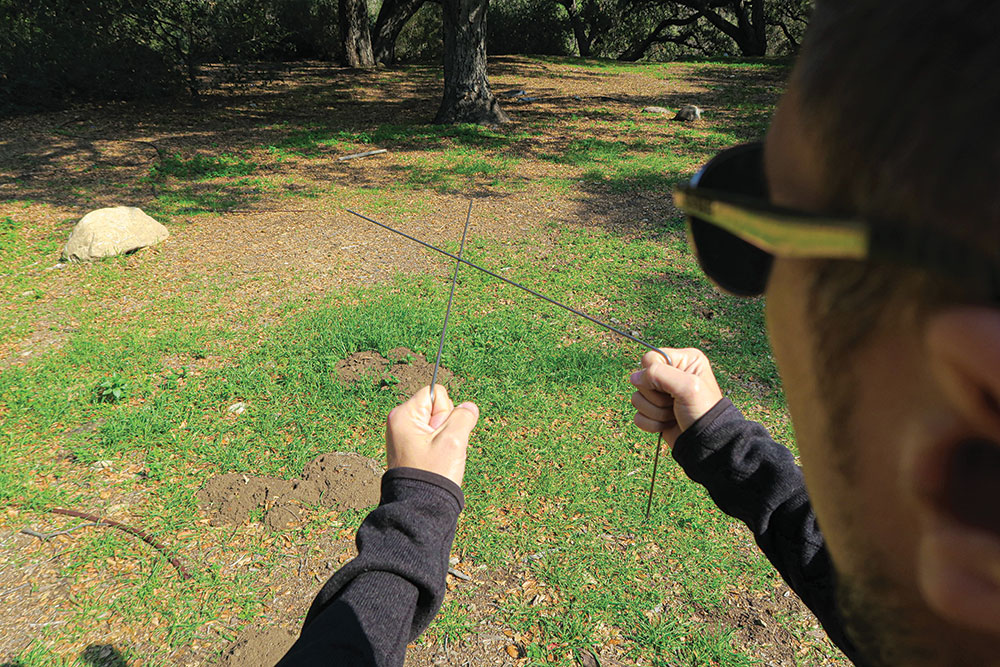
During the class, we learned that dowsing was a way to ask questions—not just about finding water. The techniques of dowsing are a means to find answers to those questions. In order to know if you’re really getting meaningful results at dowsing, it’s best to practice dowsing in a way in which it’s actually possible to then independently get a factual answer to compare to the dowsing answer. Otherwise, it’s all a mind game.
Skeptics
The Skeptic Society, an organization connected to the well-known Cal Tech (California Institute of Technology) in Pasadena, is known for its lectures and publications that debunk myths and well-known psychics—and it does a very good job.
“I’ve seen and felt dowsing tools (L rods and Y sticks) tug and move inexplicably, so I knew that something was going on. In my limited experience, I’ve found lost keys on several occasions, along with other lost objects.”
In one of the society’s publicized events, it invited self-described dowsers to submit to a test in a field to see how well they actually did. The event organizers already knew where the underground pipes were located, and after several hours of tests, the Skeptic Society’s members concluded that the ability of dowsers to find water was no better than chance.
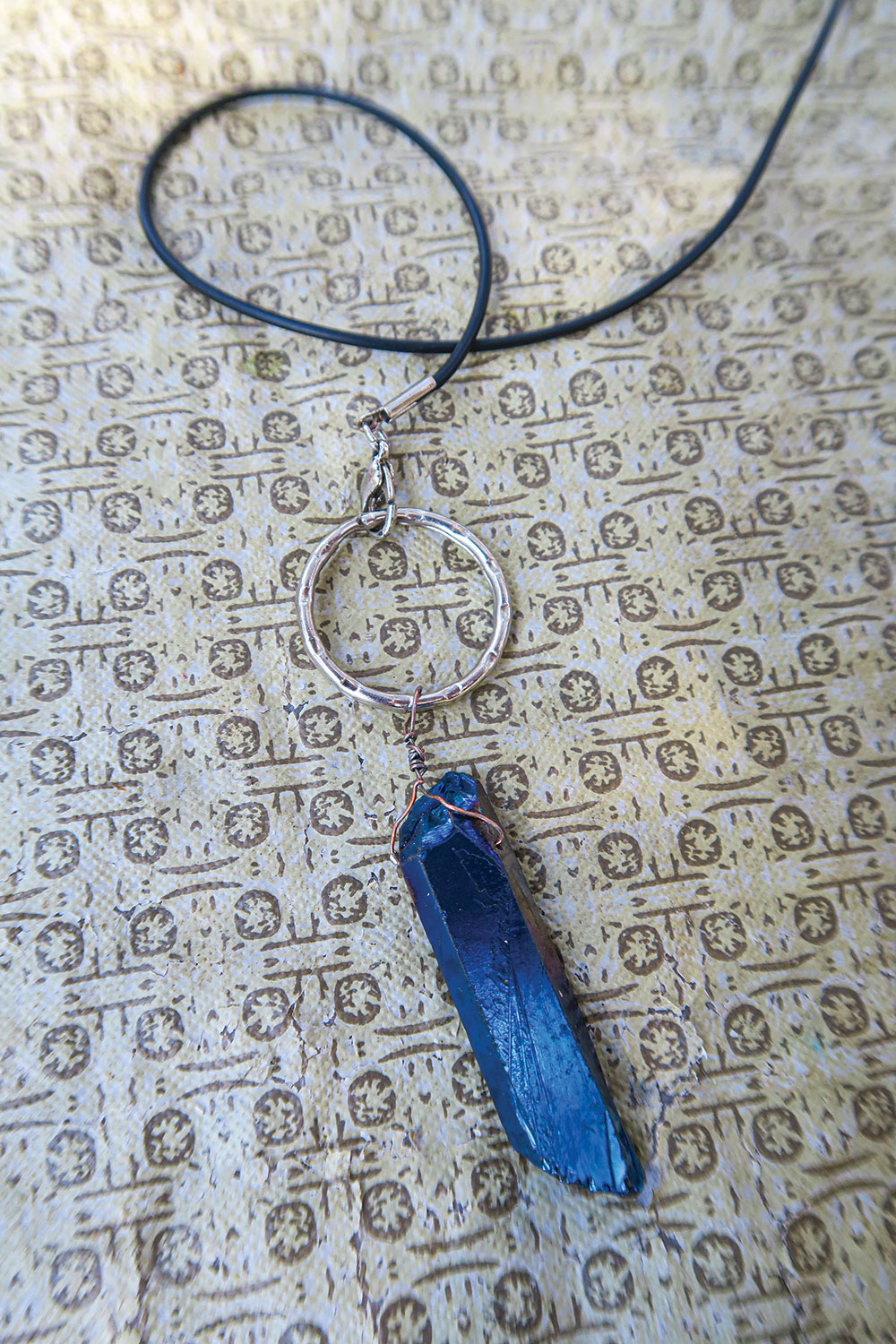
Even lifelong dowsers agree that their results are not 100 percent, although Ralph Harris always pointed out that you must focus your thinking and strive toward 100 percent accuracy. Clearly, the results from different dowsers vary, and the results differ based on the conditions under which they dowsed.
Personal Experiences
I’ve dowsed for lots of things but have never been able to drill to actually see if my results were correct. I’ve seen and felt dowsing tools (L rods and Y sticks) tug and move inexplicably, so I knew that something was going on. In my limited experience, I’ve found lost keys on several occasions, along with other lost objects.
Once, while having lunch at an urban park, I saw workers for the city trying to locate the underground water lines they were there to repair. One man got his large L rods and began walking over an area roughly 40 by 40 feet. Granted, that’s not a huge area, and he could have deduced the location of the pipes. In any event, he pointed to a spot, and the other worker began digging and located the pipe about 2 feet underground.
How Does it Work?
This question was discussed many times in my college class.
For believers, there’s no one answer. There are many speculations, and one popular theory is that humans possess a “homing instinct” akin to the instinct that allows birds to fly great distances and get to a given location. Researchers who’ve tried to scientifically understand dowsing determined that some mechanism of the pituitary gland is what causes a dowser to get results with their instruments.
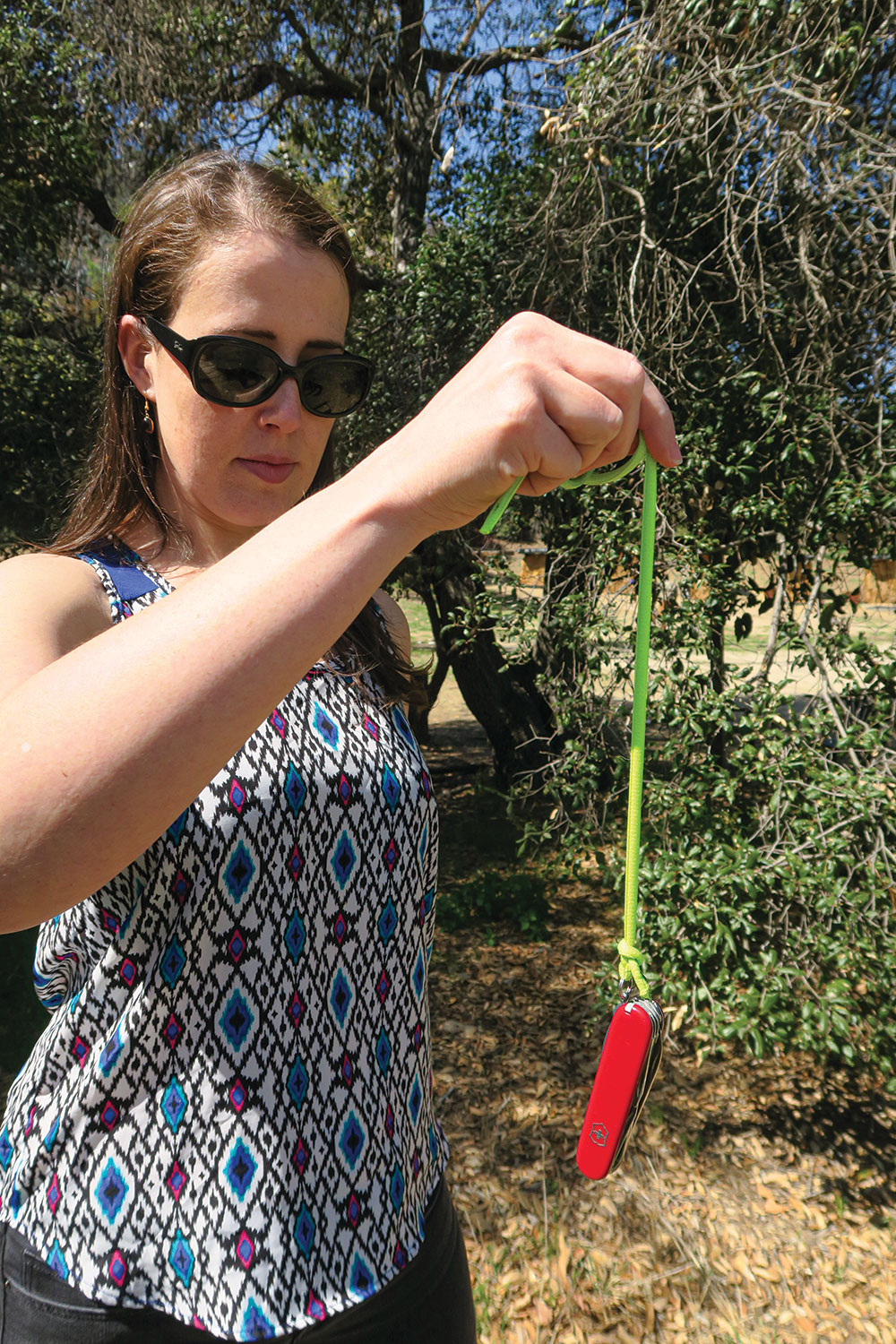
And, regarding the use of a magnet for dowsing, scientists point out that ordinary instruments used to detect underground water (such as the gauss meter) utilize magnets (in fact, in 1971, the U.S. Department of the Interior, under the Water Resources Act of 1964, authorized a research project by the Utah Water Research Laboratory, which was published as The Detection of Magnetic Fields Caused by Groundwater and the Correlation of Such Fields With Water Dowsing, by Duane Chadwick and Larry Jensen).
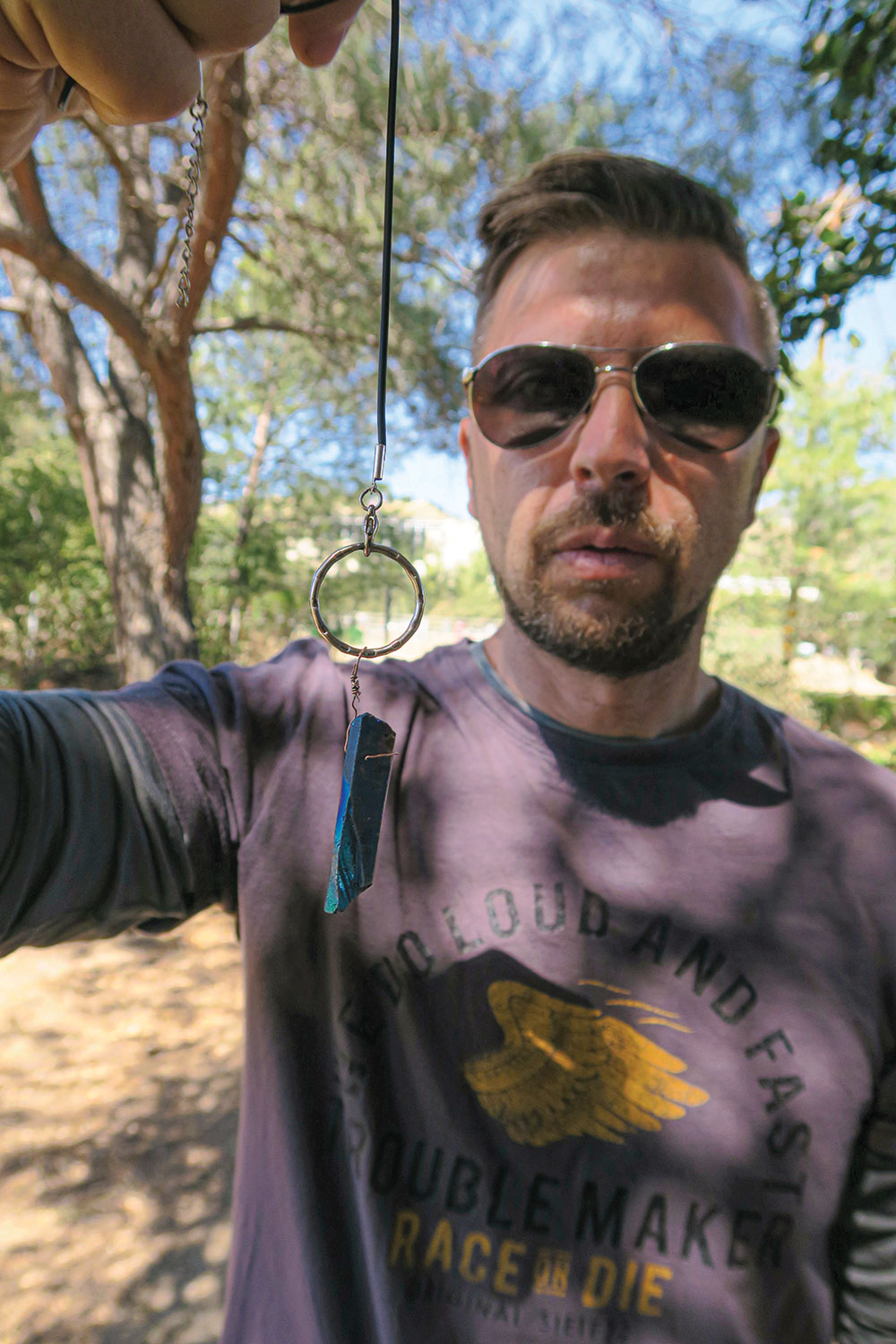
Harris shared with the class that most of his recent dowsing was what he called “distance” or “remote” dowsing, for which he sat in his office with a pendulum suspended over a large map placed on a table. He would point to a spot on the map and ask whether the mineral, water or object could be found there. Harris added that one of the keys to successful dowsing is the ability to ask the right and/or specific questions.
SOURCES
There’s a lot more to dowsing, and fortunately, there are some really good resources out there for further study:
• The American Society of Dowsers is a good source of information and a way to find other dowsers. (Dowsers.org)
• An excellent, thorough book on dowsing is The Complete Book of Dowsing and Divining (published in 1980) by Peter Underwood. (Amazon.com)
• Periodic dowsing classes are taught at the author’s School of Self-Reliance in Eagle Rock, California. (SchoolofSelf-reliance.com)
A version of this article first appeared in the August 2021 print issue of American Outdoor Guide.


